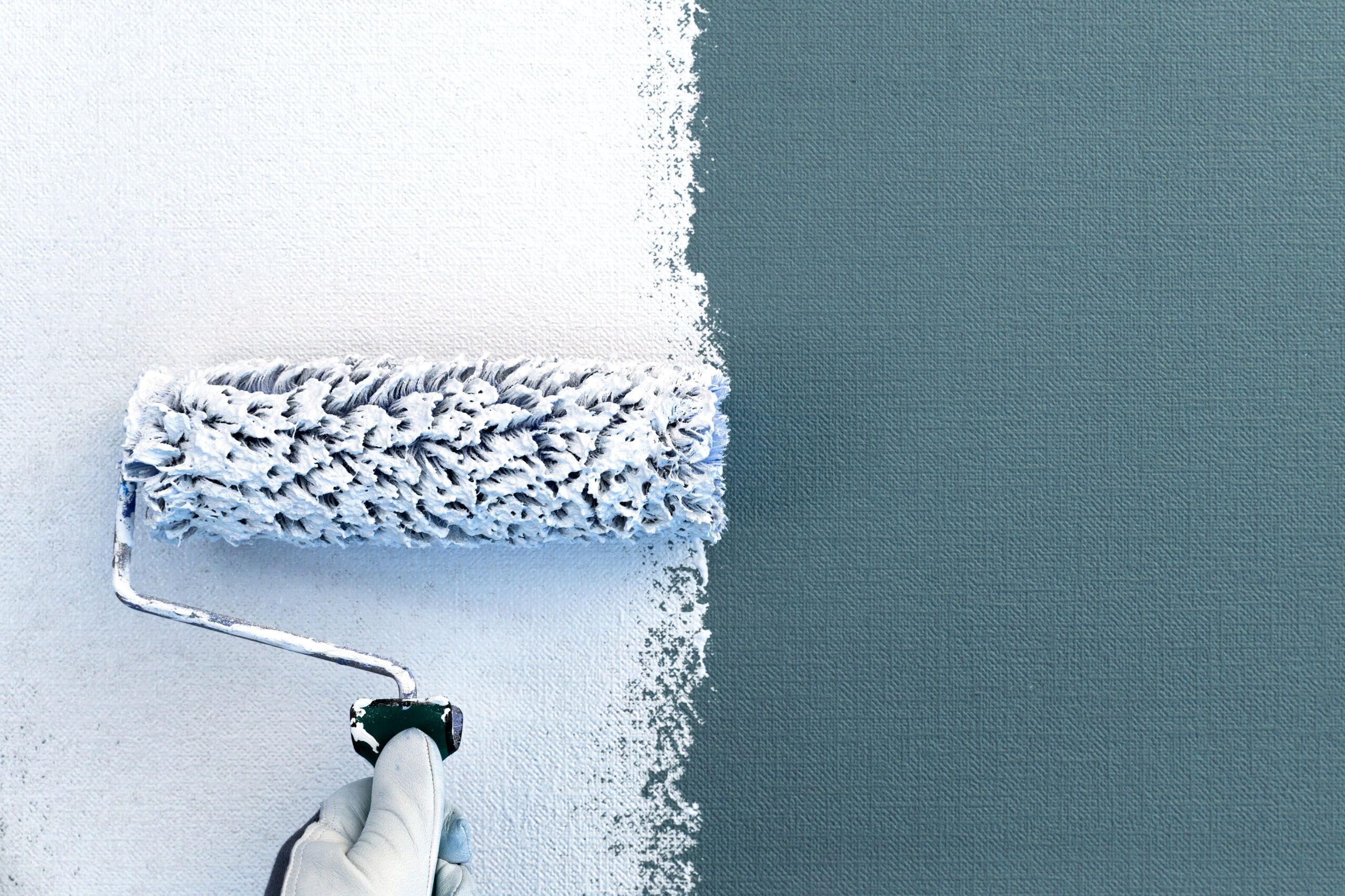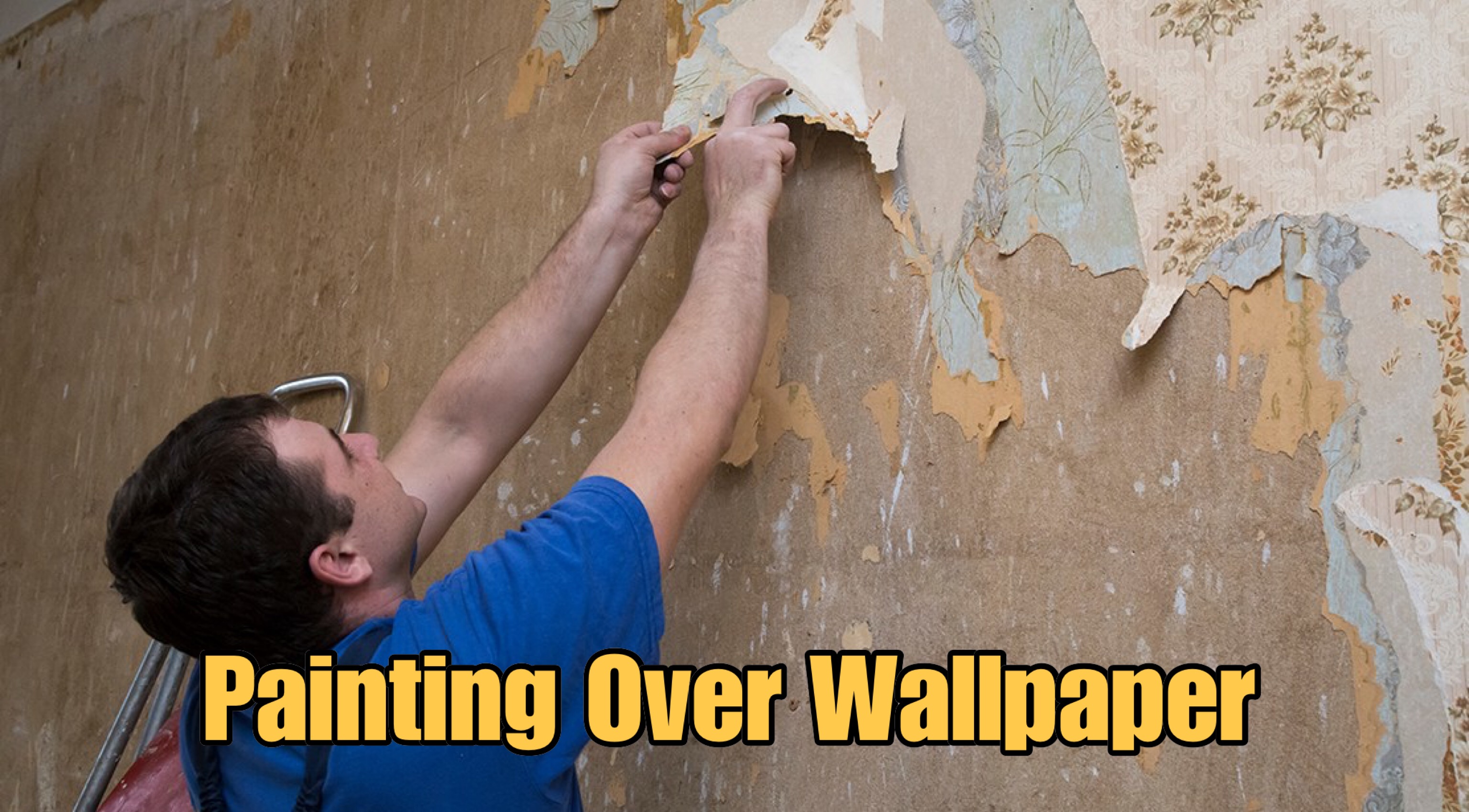Considerations Before Painting Over Wallpaper

Before embarking on the task of painting over wallpaper, it is essential to carefully consider a number of factors that can impact the success and longevity of your paint job.
Painting over wallpaper can be a daunting task, but it’s not impossible. If you’re looking for a unique and eye-catching design, consider using astronaut wallpaper as a base. The intricate details and vibrant colors of these wallpapers will add a touch of whimsy to any room.
Once you’ve applied the wallpaper, you can paint over it with any color you like. This will give you a custom look that’s sure to impress your guests.
The type of wallpaper you have is a primary consideration. Some types of wallpaper, such as vinyl or coated wallpaper, may not be suitable for painting. Additionally, the condition of the wallpaper is crucial. If the wallpaper is torn, peeling, or has any other damage, it will need to be repaired or replaced before painting.
If you’re considering painting over wallpaper, there are a few things to keep in mind. First, you’ll need to calculate how much paint you’ll need. You can use a wallpaper calculator to help you with this. Once you have your paint, you’ll need to prepare the wallpaper by cleaning it and sanding it lightly.
Then, you can apply a coat of primer and two coats of paint.
Preparing the Wallpaper Surface
Properly preparing the wallpaper surface is paramount for ensuring a successful paint job. This involves cleaning the wallpaper to remove any dirt or dust, as well as sanding it lightly to create a smooth surface for the paint to adhere to. In some cases, it may be necessary to apply a primer to the wallpaper before painting.
Techniques for Painting Over Wallpaper

Painting over wallpaper can be a challenging task, but it is possible to achieve a professional-looking finish with the right techniques. There are several different ways to paint over wallpaper, each with its own benefits and drawbacks.
Using a Primer, Painting over wallpaper
One of the most important steps in painting over wallpaper is to apply a primer. Primer helps to create a smooth, even surface for the paint to adhere to, and it can also help to prevent the wallpaper from showing through the paint.
To apply primer, use a brush or roller to apply a thin, even coat to the wallpaper. Allow the primer to dry completely before painting.
Applying Multiple Coats of Paint
Once the primer is dry, you can begin painting the wallpaper. It is important to apply multiple coats of paint, using a light touch and allowing each coat to dry completely before applying the next.
The number of coats of paint you need will depend on the color of the wallpaper and the color of the paint you are using. If you are painting over a dark wallpaper with a light paint, you may need to apply three or four coats of paint.
Using a Paint Sprayer
If you are painting a large area of wallpaper, you may want to use a paint sprayer. Paint sprayers can apply paint quickly and evenly, and they can help to reduce the amount of time it takes to paint the wallpaper.
To use a paint sprayer, follow the manufacturer’s instructions. Be sure to wear a mask and gloves when using a paint sprayer, and ventilate the area well.
Troubleshooting and Finishing Touches

Common Problems and Solutions
When painting over wallpaper, various issues can arise. Peeling, bubbling, and uneven coverage are common concerns. To address these problems effectively, understanding their causes and implementing appropriate solutions is crucial.
Peeling
- Cause: Inadequate surface preparation or improper paint application.
- Solution: Ensure the wallpaper is firmly adhered to the wall by applying a primer or using a wallpaper adhesive. Apply multiple thin coats of paint, allowing each coat to dry completely before applying the next.
Bubbling
- Cause: Trapped air or moisture beneath the paint.
- Solution: Use a sharp knife to gently score the bubbles and release the trapped air. Apply a thin coat of paint over the repaired areas.
Uneven Coverage
- Cause: Insufficient paint application or improper brush/roller technique.
- Solution: Apply additional coats of paint, ensuring even distribution and overlapping strokes. Use a high-quality brush or roller specifically designed for painting over wallpaper.
Finishing Touches
Once the paint has dried completely, consider applying a sealant to protect the surface and enhance its durability. This is particularly beneficial in areas with high traffic or moisture exposure. Additionally, decorative accents, such as molding or wallpaper borders, can add a touch of elegance and personalize the space.